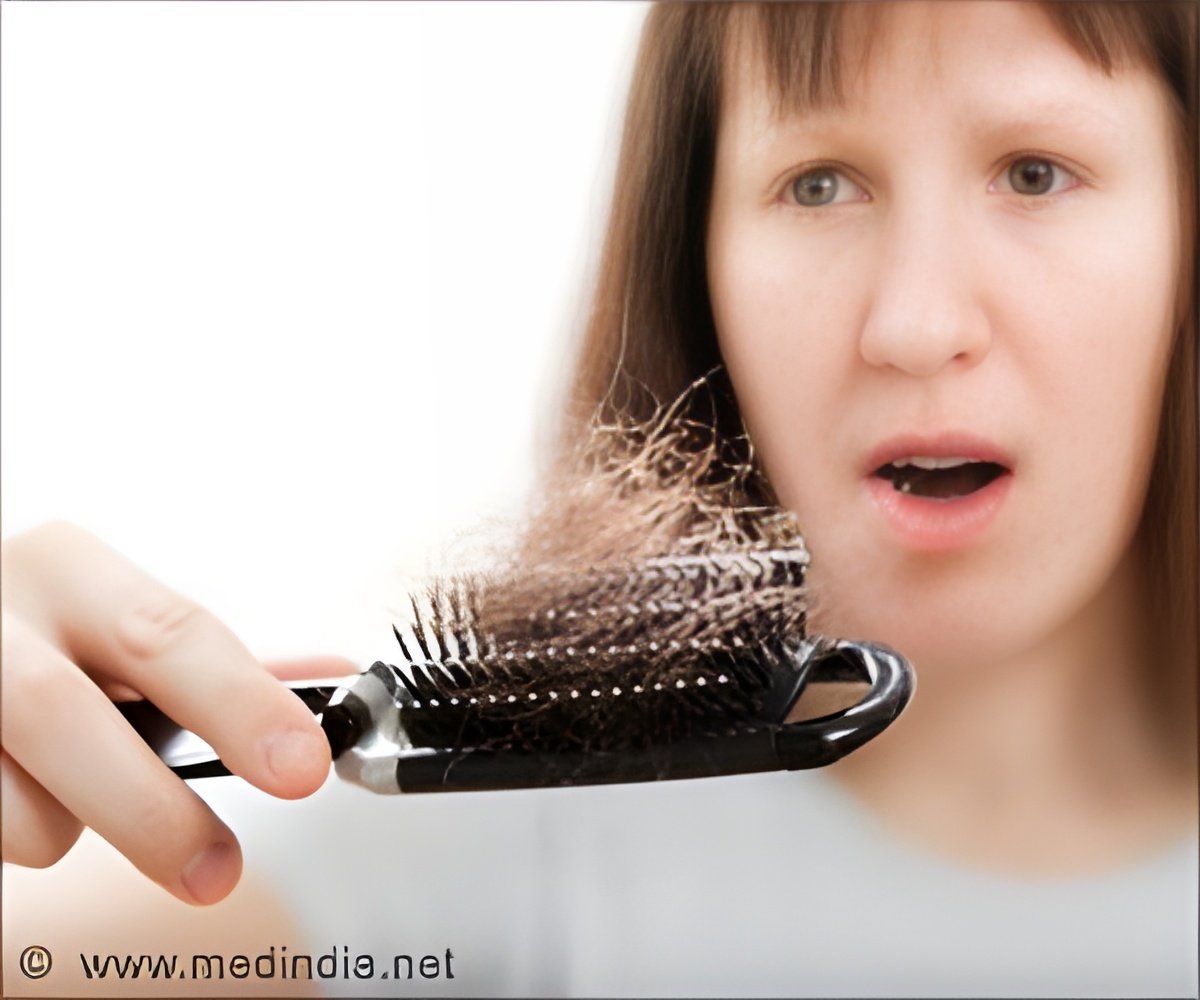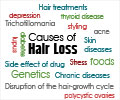
Cinnamic acid promotes elongation of hair peg-like sprouting in hair follicle organoids via oxytocin receptor activation
Go to source).
Unlocking Hair Growth Potential: Cinnamic Acid’s Role in Enhancing Oxytocin Absorption
However, due to oxytocin’s large molecular size and rapid degradation on the skin, its direct application poses limitations. Consequently, researchers turned their focus to cinnamic acid, a smaller molecule capable of activating oxytocin receptor expression.‘The discovery of #cinnamicacid as a distinct ingredient with properties that promote hair growth shows significant potential for improving the efficacy of hair growth products. #hairloss #hairgrowth #oxytocin’
Tweet it Now
Their findings revealed that cinnamic acid treatment increased the expression of oxytocin receptors, facilitating enhanced oxytocin absorption and upregulating hair growth gene expression in human dermal papilla cells—an integral component of hair follicles. Professor Junji Fukuda, the corresponding author of the study and a faculty member at Yokohama National University, expressed optimism about these findings, suggesting their potential application in developing hair growth-promoting products targeting oxytocin. Although oxytocin itself was not a good candidate for topical application as a hair treatment, its effect was too useful to discard. The Japanese researchers therefore looked at cinnamic acid, which also works in the oxytocin signaling pathway and might act to increase the oxytocin and thereby increase hair growth.
To test this theory, they grew dermal papilla cell cultures in varying concentrations of cinnamic acid. “At concentrations below 500 μg/mL, we observed a dose-dependent increase in the expression of oxytocin receptor expression and the genes associated with hair growth,” said Tatsuto Kageyama the paper’s first author and an assistant professor in the Faculty of Engineering, Yokohama National University, Yokohama, Kanagawa Prefecture, Japan.
The best method to test the efficacy of a new hair growth promoting treatment would be to use hair follicles harvested from patients and grown in culture with the new treatment. This is the closest to testing on humans you could get without testing on humans. However, collecting enough samples and, with the variability between individuals, getting dependable results in numbers large enough to have significance is very difficult.
In response to this issue the Yokohama lab developed hair follicles, which are hair follicles built from cells taken from multiple hair follicles and these can then be grown in culture. Allowing a known range of different cells to be exposed to the treatment gives much larger and more dependable data. The follicloids do not grow mature hair, instead, they grow hair shaft-like structures like hair.
Advertisement
- Cinnamic acid promotes elongation of hair peg-like sprouting in hair follicle organoids via oxytocin receptor activation - (https://www.nature.com/articles/s41598-024-55377-y)
Source-Eurekalert














